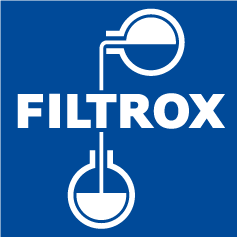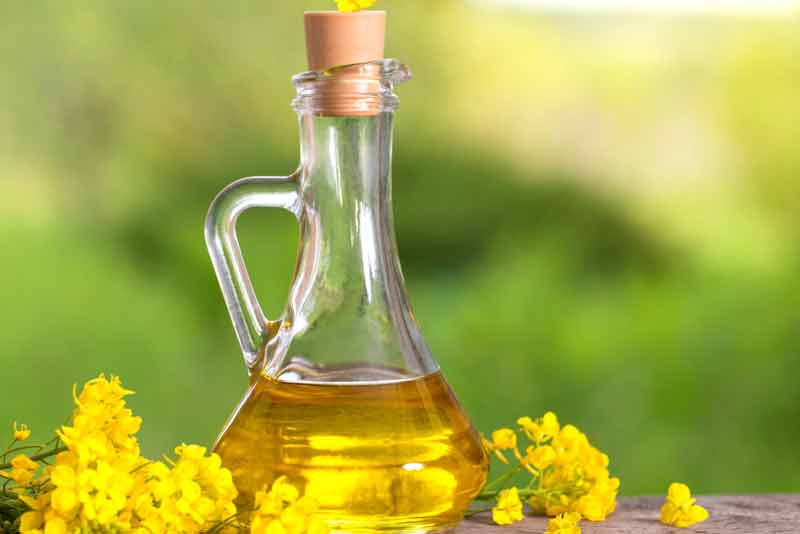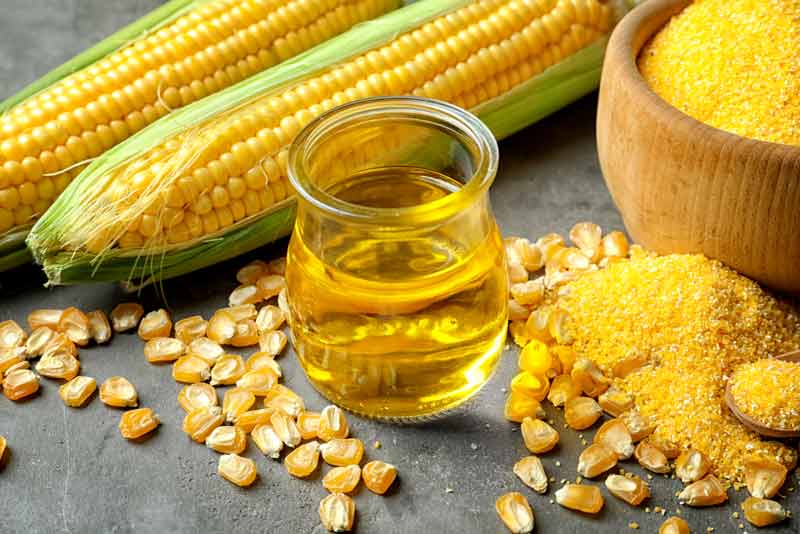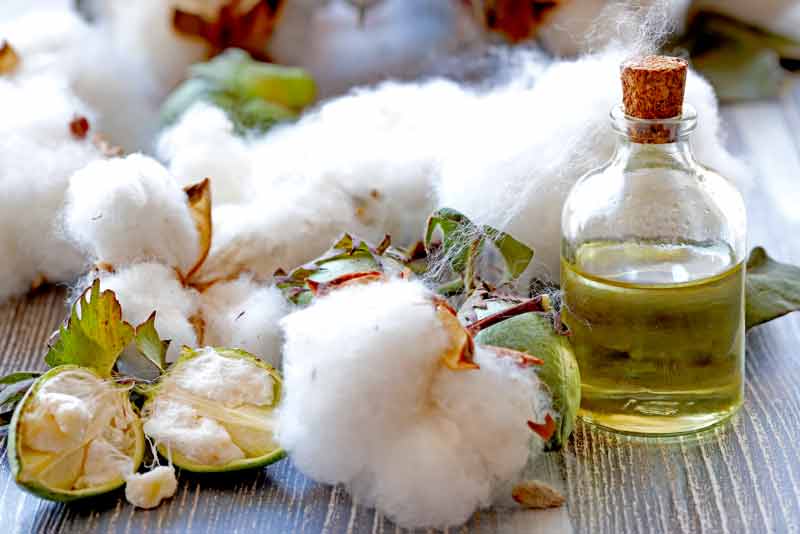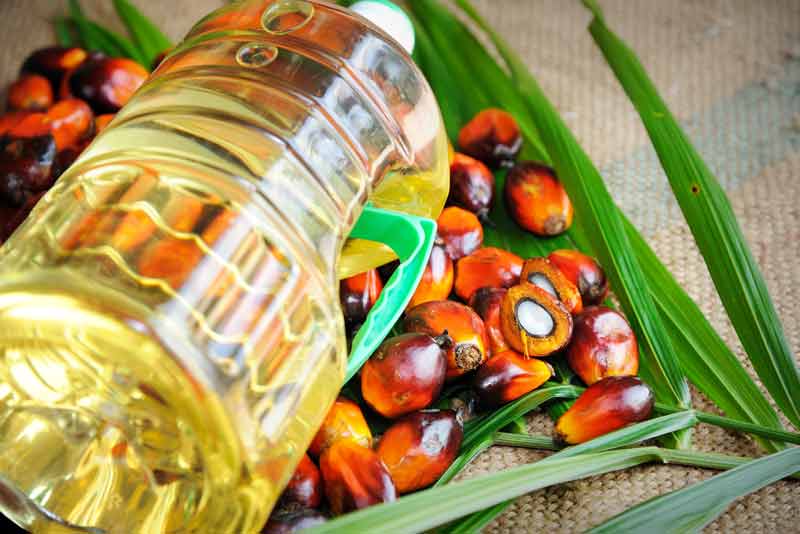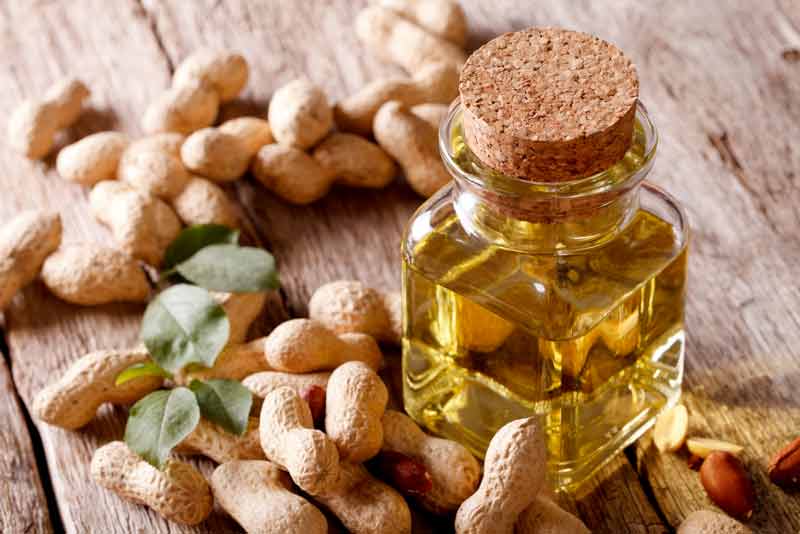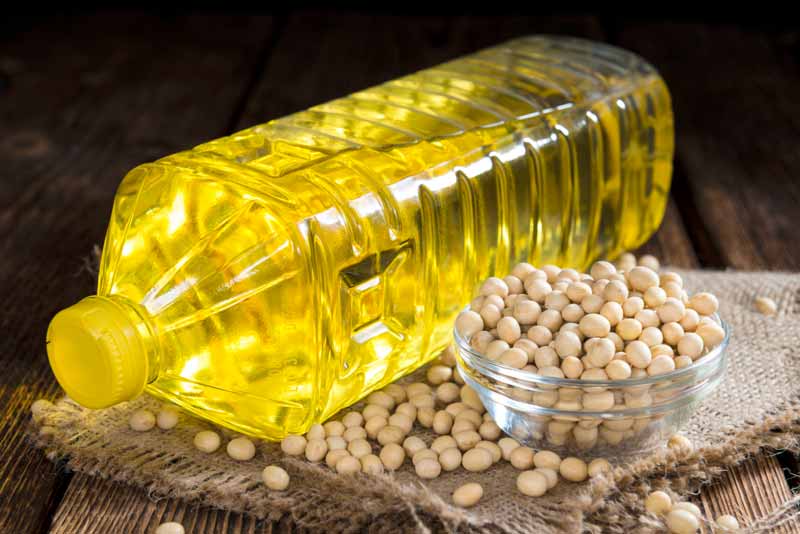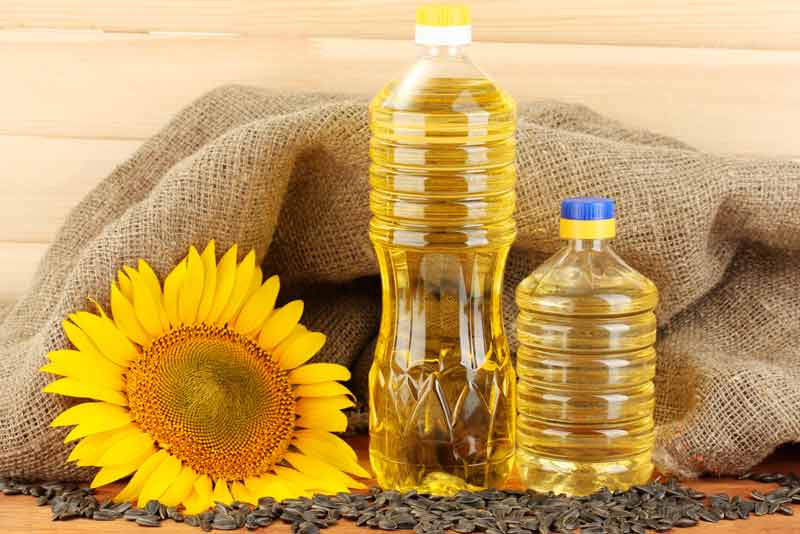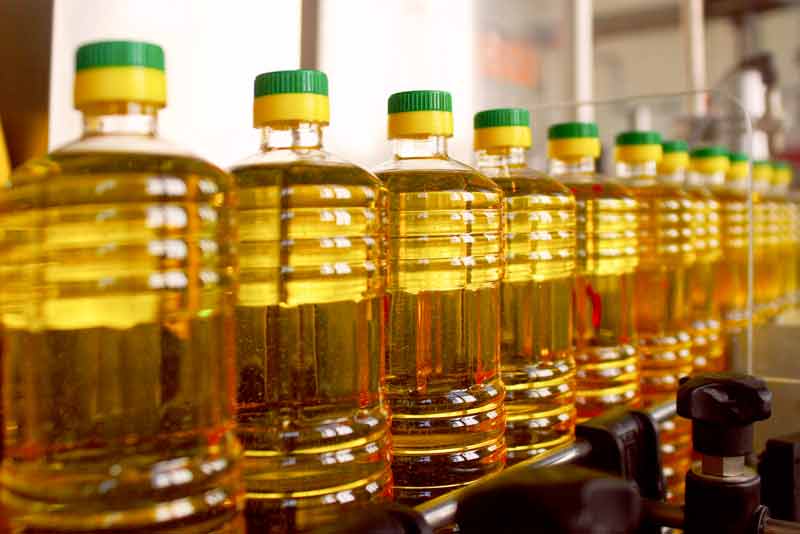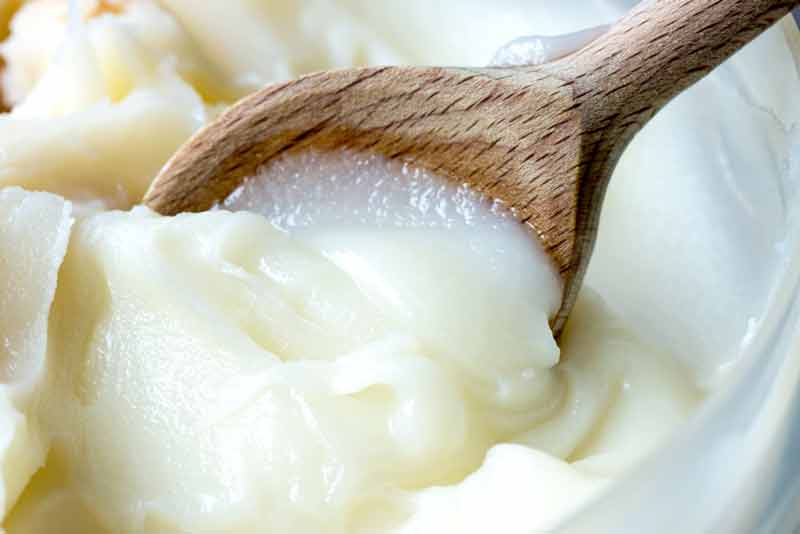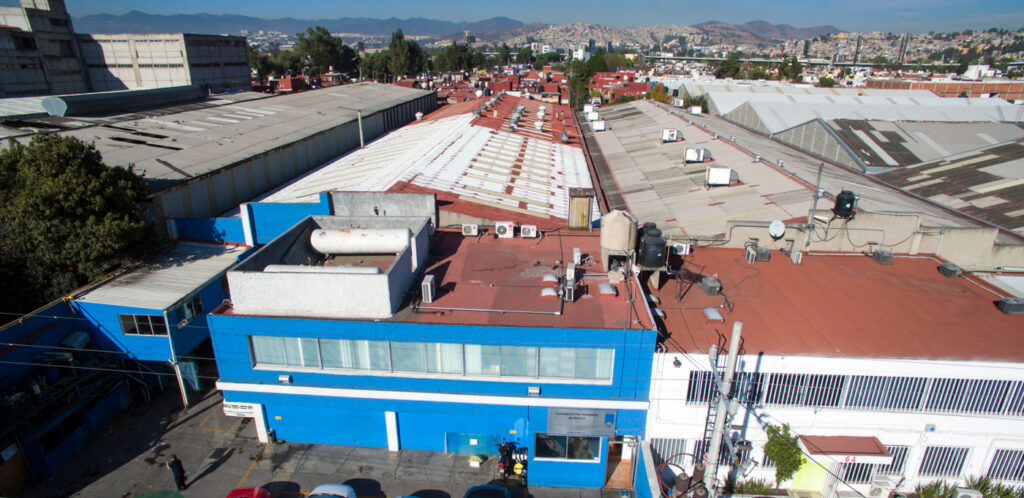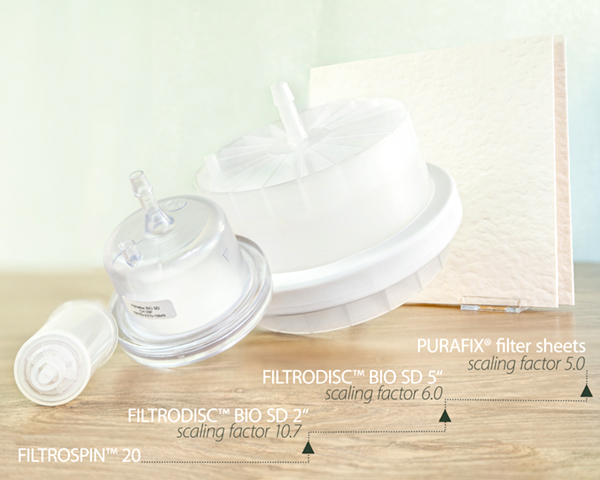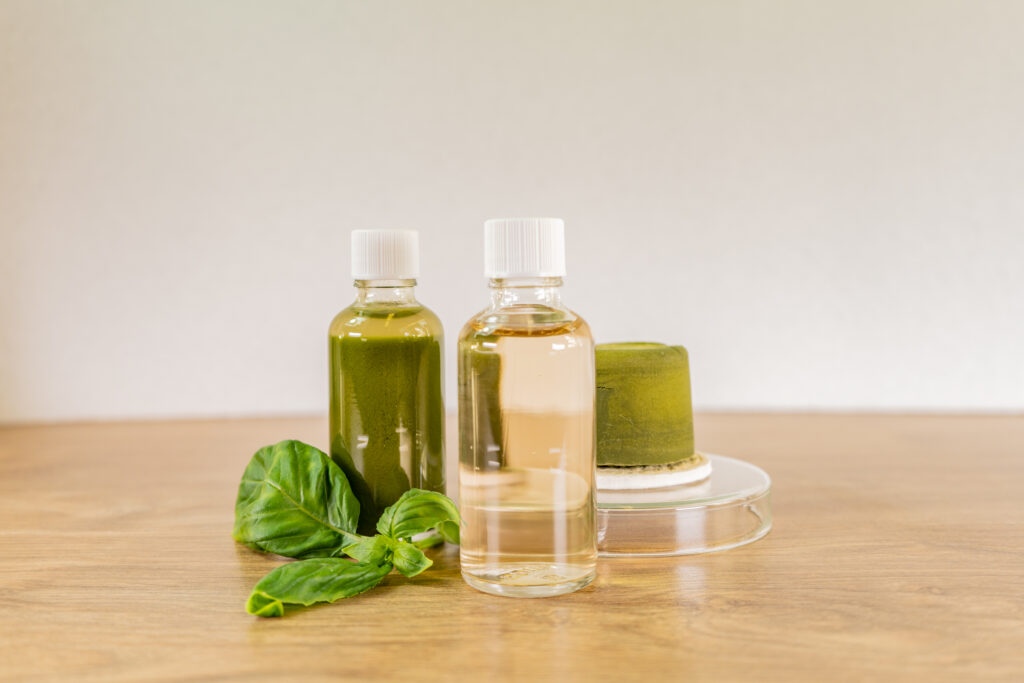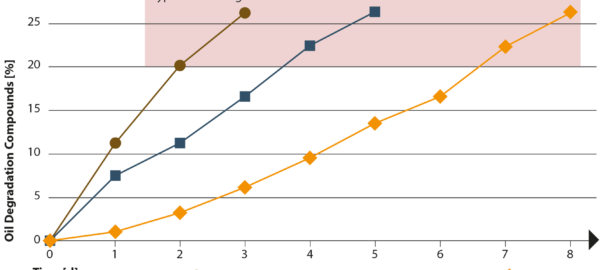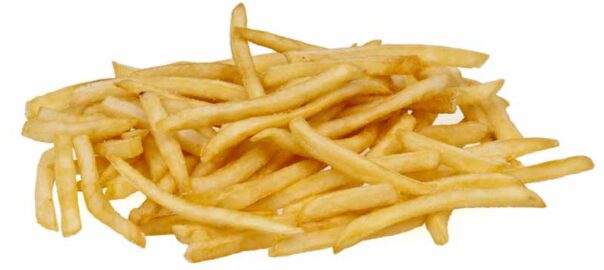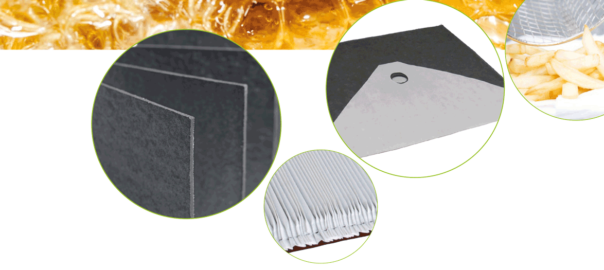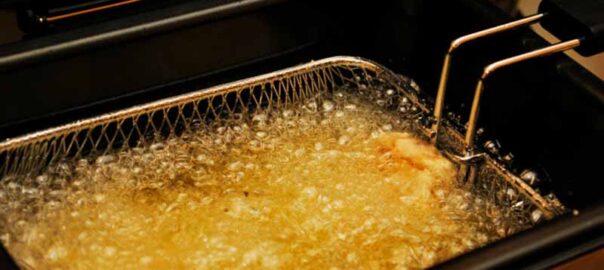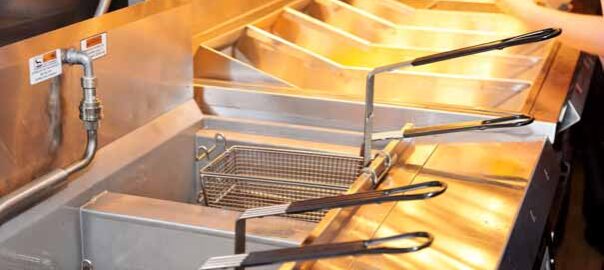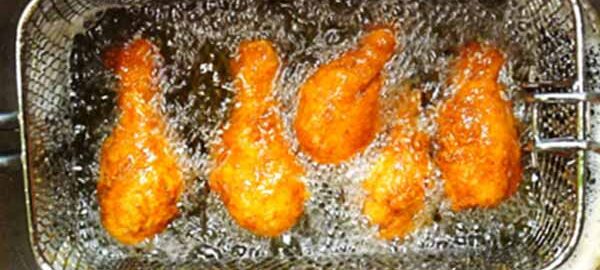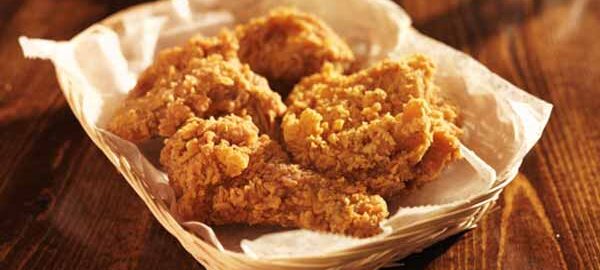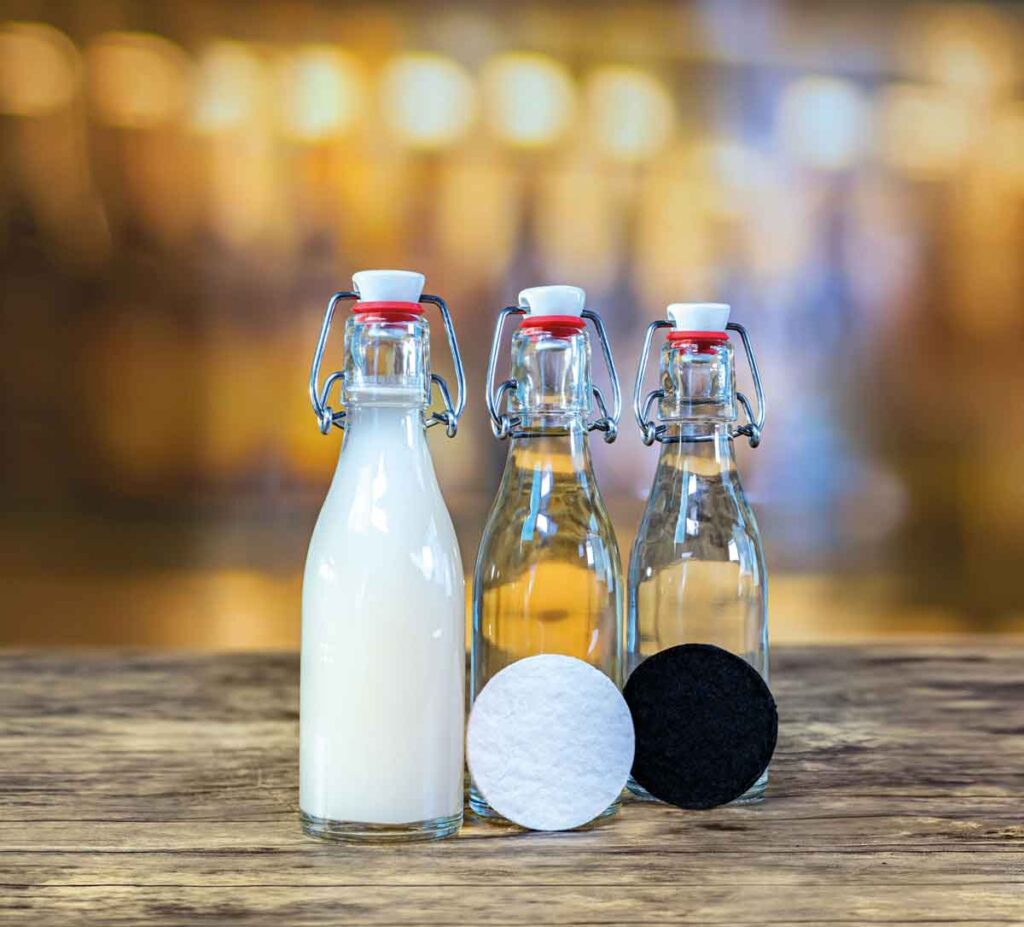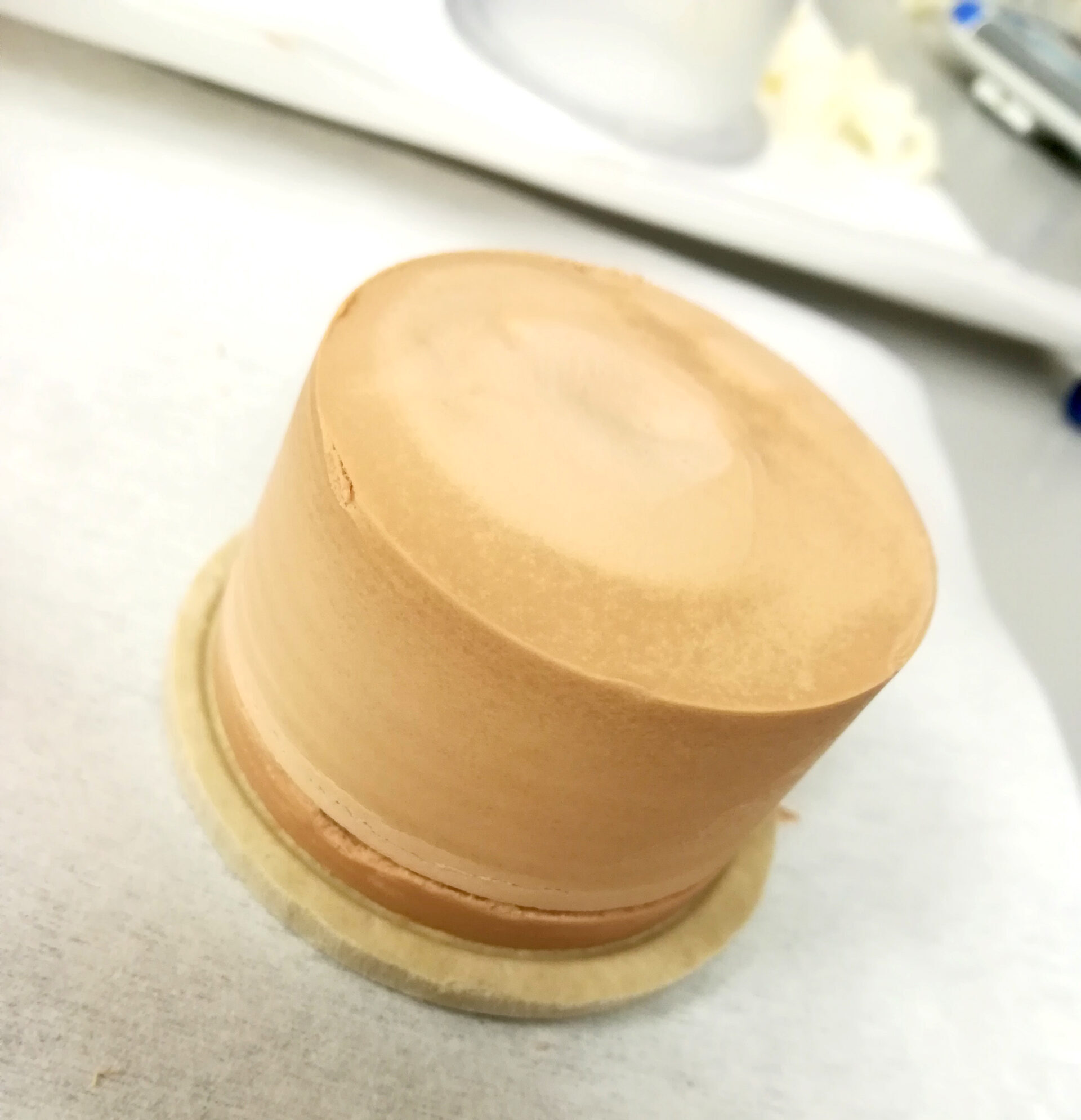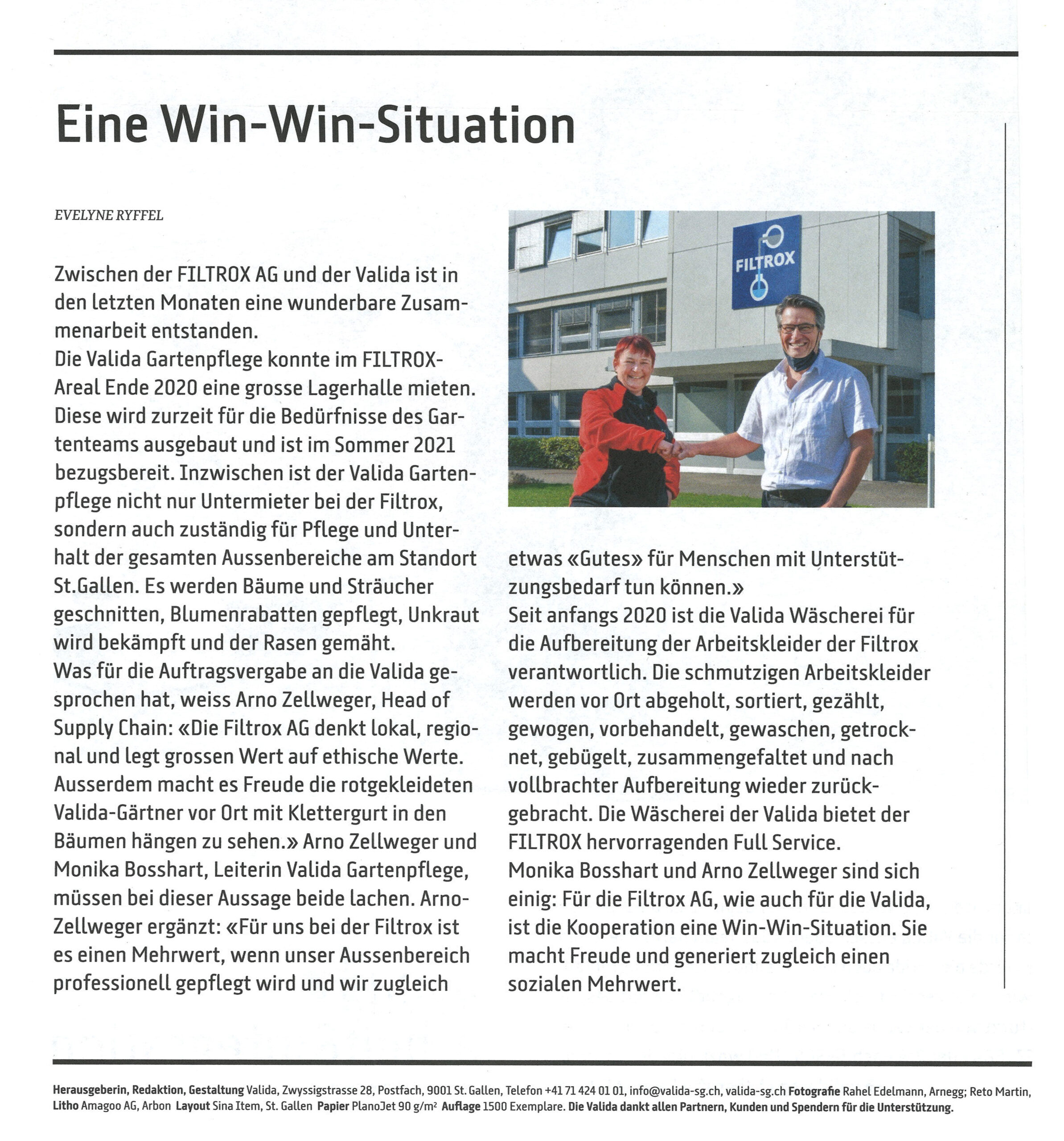Frying is a traditional method for food preparation in the food service industry around the world. As frying process is carried on, frying oil degrades. The quality of the products from deep-fat frying depends not only on the product itself and the frying conditions, but also on the frying oil quality.
Not measuring frying oil quality frequently and regularly may cause operators to discard it prematurely or uses it beyond its quality limit point. That will cause money loss either by frying oil wastage or poor quality of the fried product.
Throughout the food service industry, there are several methods to determine frying oil quality discard point. Below are some common parameters used.
Frying oil color
It is a test based on the appearance of the frying oil to determine its discard point. In some cases, it is done by defining a visual point inside the frying vat where it can be seen through the frying oil. It can be either the heating components, the vat bottom, frying basket base or a metal rod with a disk on its base. If it is still possible to see it, the oil quality will be acceptable.
Another option is the color test kit. It consists of one small tube in between two color rods, one light color and the other one darker. Frying oil sample is poured in the center tube and compared with the 2 rods. Once the oil sample drawn matches the darker rod, it is time to discard the oil. It is a low-cost method, but one that is prone to operator interpretation.
Smoke
The test is based on human sensory perception. If smoke is coming out of the frying oil, it is beyond discard point. In extreme cases, there is a risk of the oil catching fire.
Oil rancidity and volatile compounds can be detected via smell, which may mean that the oil is beyond proper discard point. The method is quite inaccurate and can lead to discarding frying oil too late.
Free fatty acid measurement
The test measures free fatty acids (FFA), which is a frying oil quality parameter in some countries. It can be performed via test strips or with handheld devices. With test strips, they are dipped in the frying oil and then withdrawn. Frying oil FFA value is read comparing test strip against a color guide. The disadvantage of this method is the difficulty in interpretations and accuracy, the need to keep the strips under refrigeration and the cost per test. Handheld devices measure FFA based on dielectric constant calculation and are more accurate than test strips.
Total Polar Materials (TPM) measurement
Also known as total polar components (TPC) and is considered the chemical index of frying oil deterioration by measuring cumulative degradation products. The level of polar components is a good indicator of frying oil quality. Most countries around the world have legislation or recommendation regarding maximum percentage levels of polar components in frying oil. TPM values can be measured with handheld devices quickly and safely. Modern fryers already have a built in TPM measurement system.
If you want to learn more about the frying oil quality parameters and the test methods or other frying oil technical topics, please contact FILTROX.
